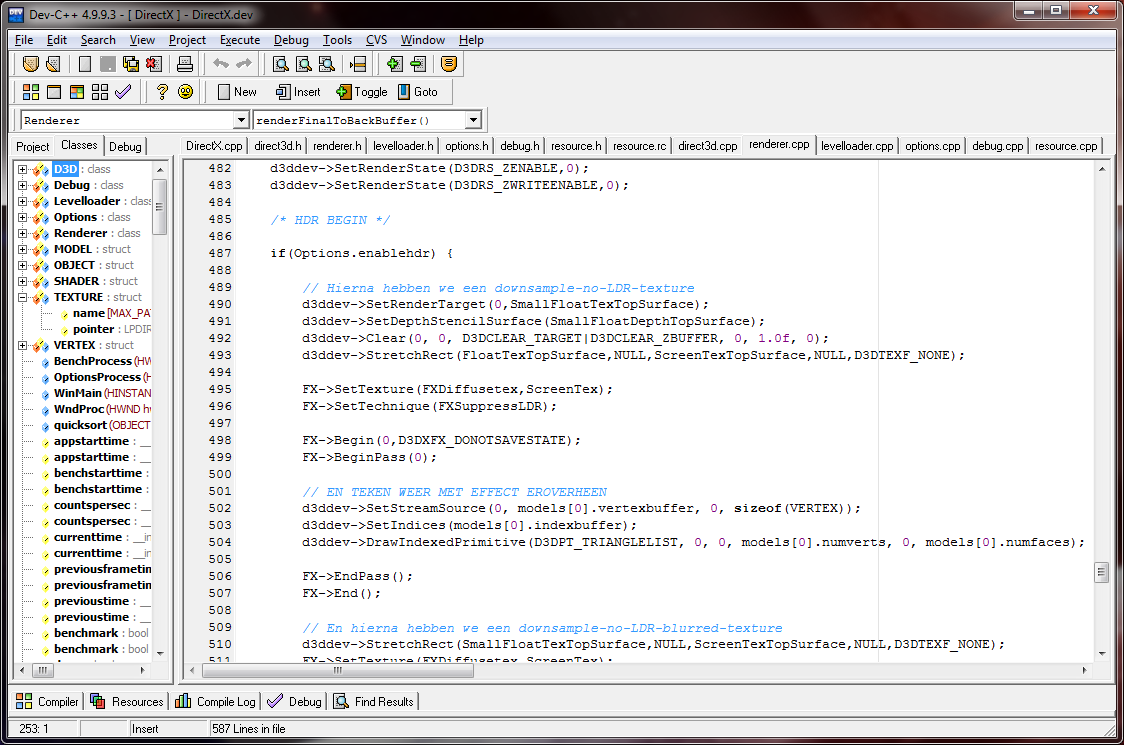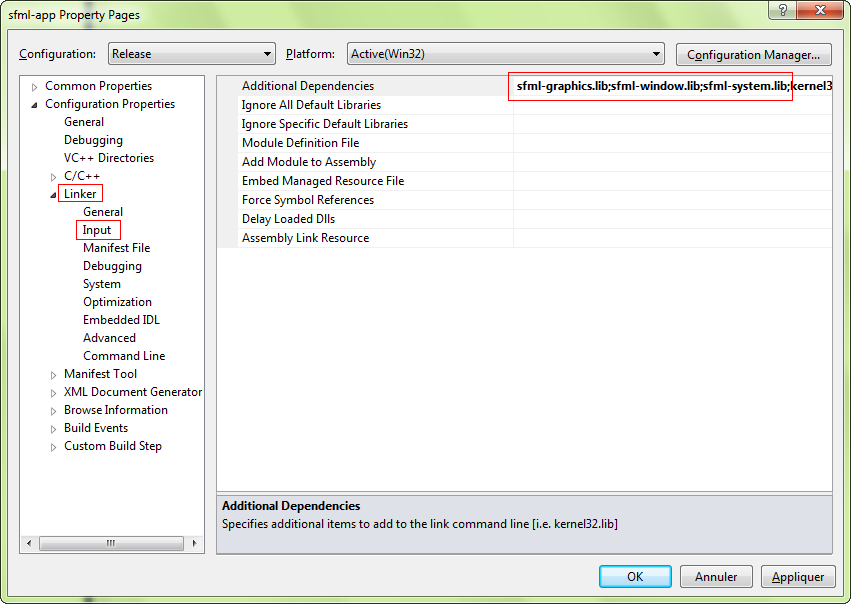The normal hard drive spot either has a SATA II or III connection (depending on what year your computer is) but I don't know how fast the SATA connection the DVD drive has is. Little snitch mac os x 10.7.5.
https://golyahoo.netlify.app/fm7-vst-plugin-download.html. We have the sum total of human knowledge in the palm of our hands. 5 / 5Holy crap we live in permanent science fiction. This is well worth the download.Jul 14 2015.
Hi, I am a newbie to linux and am trying to understand the linux input subsystem.
With the online help(which is prolifically available) I understood the basics to a certain extent. Although, there is one thing that I am not able to understand, here it goes :
Lets say there's a input device that is capable of generating an event with the help of its driver. Eg:
###############################################################################
/*
Driver to setup a Fake Input Device
by Sushiee
*/
#include <linux/input.h>
#include <linux/module.h>
#include <linux/init.h>
MODULE_LICENSE('GPL');
struct input_dev *dev_ip;
void dev_ip_timeout(unsigned long unused/*UNUSED*/)
{
/* letter S or s */
input_report_key(dev_ip, KEY_S, 1);
input_sync(dev_ip);
input_report_key(dev_ip, KEY_S, 0);
input_sync(dev_ip);
/* set timer for five second */
mod_timer(&(dev_ip->timer),jiffies+5*HZ );
}
static int __init ip_init(void)
{
/* initialization */
dev_ip = input_allocate_device();
//memset(&dev_ip, 0, sizeof(struct input_dev));
//init_input_dev(&dev_ip);
/* set up descriptive labels */
dev_ip->name = 'Con Device';
/* phys is unique on a running system */
dev_ip->phys = ';
dev_ip->id.bustype = BUS_HOST;
dev_ip->id.vendor = 0xDEAD;
dev_ip->id.product = 0xBEEF;
dev_ip->id.version = 0xFACE;
/* this device has one key S*/
set_bit(EV_KEY, dev_ip->evbit);
set_bit(KEY_S, dev_ip->keybit);
/* and finally register with the input core */
input_register_device(dev_ip);
/* set up a repeating timer */
init_timer(&dev_ip->timer);
dev_ip->timer.function = dev_ip_timeout;
dev_ip->timer.expires = 0;
add_timer(&dev_ip->timer);
return 0;
}
static void __exit ip_exit(void)
{
input_unregister_device(dev_ip);
}
module_init(ip_init);
module_exit(ip_exit);
###############################################################################
Its a driver for a virtual/fake device. One can complie it as a module and then install it by using : sudo insmod ./file_name.ko
Now, say this application is trying to access this device :
###############################################################################
#include <stdio.h>
#include <fcntl.h>
#include <linux/input.h>
#define EVENT_BUF_NUM 64
int main(int argc , char ** argv)
{
int fd = -1;
int i,version;
size_t read_bytes;
struct input_event event_buf[EVENT_BUF_NUM];
printf('Opening ..n');
fd = open('/dev/input/event6', O_RDONLY);
if(fd < 0) {
printf('nUnable to read from the devicen');
return(1);
}
printf('Reading ..n');
while(1) {
read_bytes = read(fd, event_buf, sizeof(struct input_event)*EVENT_BUF_NUM);
if( read_bytes < sizeof(struct input_event)) {
perror('bad read');
close(fd);
return(1);
}
for(i=0; i<(read_bytes/sizeof(struct input_event)); i++) {
switch(event_buf[i].type) {
case EV_SYN:
DPRINTF('---------------------------------------n');
break;
case EV_KEY:
switch(event_buf[i].value) {
case 0:
printf('Key Code: %d releasedn', event_buf[i].code);
break;
case 1:
printf('Key Code: %d pressedn', event_buf[i].code);
break;
case 2:
DPRINTF('Key pressed continuen', event_buf[i].code);
break;
default:
printf('UnKnown value: type %d, code %d, value %dn',
event_buf[i].type,
event_buf[i].code,
event_buf[i].value);
break;
}
break;
}
}
} /* end while */
close (fd);
}
###############################################################################
All, I want to know is where is the application getting the input_event structure from.
Who writes to this structure input_event?
does each device has a separate input_event structure? (I guess yes)
As,there is no input_event structure in any of these structues : struct device, struct input_dev, struct handle, struct handler. So, how is an input_event attached to the corresponding device.
Sorry for the long question.
With the online help(which is prolifically available) I understood the basics to a certain extent. Although, there is one thing that I am not able to understand, here it goes :
Lets say there's a input device that is capable of generating an event with the help of its driver. Eg:
###############################################################################
/*
Driver to setup a Fake Input Device
by Sushiee
*/
#include <linux/input.h>
#include <linux/module.h>
#include <linux/init.h>
MODULE_LICENSE('GPL');
struct input_dev *dev_ip;
void dev_ip_timeout(unsigned long unused/*UNUSED*/)
{
/* letter S or s */
input_report_key(dev_ip, KEY_S, 1);
input_sync(dev_ip);
input_report_key(dev_ip, KEY_S, 0);
input_sync(dev_ip);
/* set timer for five second */
mod_timer(&(dev_ip->timer),jiffies+5*HZ );
}
static int __init ip_init(void)
{
/* initialization */
dev_ip = input_allocate_device();
//memset(&dev_ip, 0, sizeof(struct input_dev));
//init_input_dev(&dev_ip);
/* set up descriptive labels */
dev_ip->name = 'Con Device';
/* phys is unique on a running system */
dev_ip->phys = ';
dev_ip->id.bustype = BUS_HOST;
dev_ip->id.vendor = 0xDEAD;
dev_ip->id.product = 0xBEEF;
dev_ip->id.version = 0xFACE;
/* this device has one key S*/
set_bit(EV_KEY, dev_ip->evbit);
set_bit(KEY_S, dev_ip->keybit);
/* and finally register with the input core */
input_register_device(dev_ip);
/* set up a repeating timer */
init_timer(&dev_ip->timer);
dev_ip->timer.function = dev_ip_timeout;
dev_ip->timer.expires = 0;
add_timer(&dev_ip->timer);
return 0;
}
static void __exit ip_exit(void)
{
input_unregister_device(dev_ip);
}
module_init(ip_init);
module_exit(ip_exit);
###############################################################################
Its a driver for a virtual/fake device. One can complie it as a module and then install it by using : sudo insmod ./file_name.ko
Now, say this application is trying to access this device :
###############################################################################
#include <stdio.h>
#include <fcntl.h>
#include <linux/input.h>
#define EVENT_BUF_NUM 64
int main(int argc , char ** argv)
{
int fd = -1;
int i,version;
size_t read_bytes;
struct input_event event_buf[EVENT_BUF_NUM];
printf('Opening ..n');
fd = open('/dev/input/event6', O_RDONLY);
if(fd < 0) {
printf('nUnable to read from the devicen');
return(1);
}
printf('Reading ..n');
while(1) {
read_bytes = read(fd, event_buf, sizeof(struct input_event)*EVENT_BUF_NUM);
if( read_bytes < sizeof(struct input_event)) {
perror('bad read');
close(fd);
return(1);
}
for(i=0; i<(read_bytes/sizeof(struct input_event)); i++) {
switch(event_buf[i].type) {
case EV_SYN:
DPRINTF('---------------------------------------n');
break;
case EV_KEY:
switch(event_buf[i].value) {
case 0:
printf('Key Code: %d releasedn', event_buf[i].code);
break;
case 1:
printf('Key Code: %d pressedn', event_buf[i].code);
break;
case 2:
DPRINTF('Key pressed continuen', event_buf[i].code);
break;
default:
printf('UnKnown value: type %d, code %d, value %dn',
event_buf[i].type,
event_buf[i].code,
event_buf[i].value);
break;
}
break;
}
}
} /* end while */
close (fd);
}
###############################################################################
All, I want to know is where is the application getting the input_event structure from.
Who writes to this structure input_event?
does each device has a separate input_event structure? (I guess yes)
As,there is no input_event structure in any of these structues : struct device, struct input_dev, struct handle, struct handler. So, how is an input_event attached to the corresponding device.
Sorry for the long question.


C Dev Input Event Center
Reads from /dev/input/eventN files return binary data with event descriptions (like pointer moving or button presses), not text. Your probably want to open some sort of serial emulation device instead. Judging by the title, he actually does want to read from something under /dev/input, not /dev/ttyAMA0.